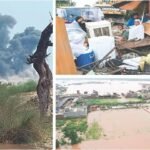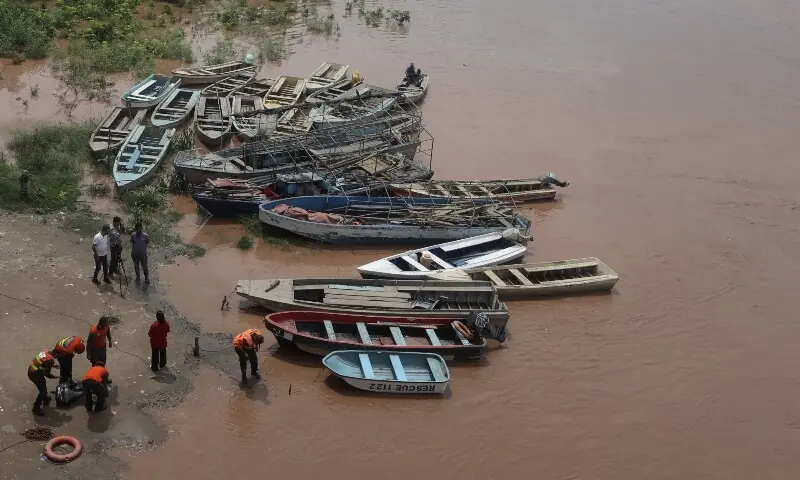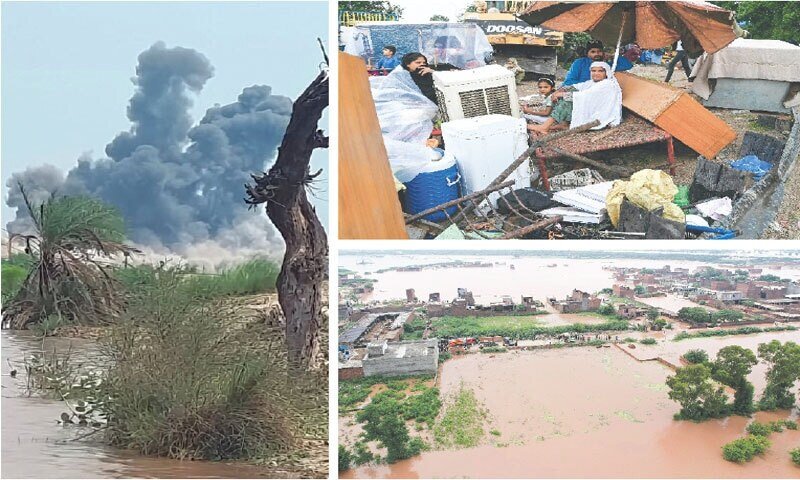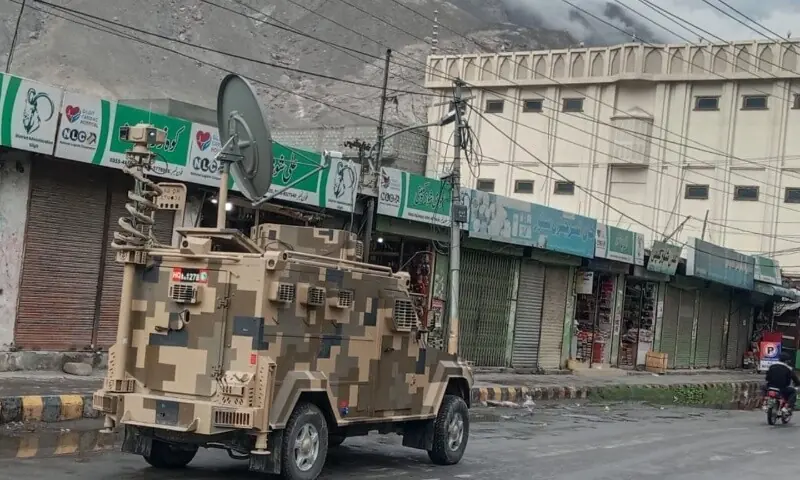Behind these terms is a simple story about water, the ability of the river and the limits of the infrastructure.
When officials warn about an “medium”, “high”, “very high” or “exceptionally high” flood, what really does that mean?
During the past week, as Punjab rivers have swollen, these technical terms have dominated official updates. Behind these terms is a simple story about water, the ability of the river and the limits of the infrastructure.
What is a Cusec?
Flood levels are measured in Cusec, abbreviation of “cubic feet per second.”
A CUSEC is equal to the flow of a cubic foot of water every second, or approximately 28 liters.
In a nutshell, a flow of 100,000 Cusecs means almost 283,000 liters of water that run in just a second. On Wednesday, the Ravi in Jassar was recorded in 229,000 Cusecs in a moment, enough to overwhelm the safe capacity of the river.
How flood levels are decided
However, flood intensity is not judged by a single number. It depends on the size of each river and how much water it can normally carry. The smallest rivers such as the Ravi and Sutlej reach the critical levels quickly: 200,000 Cusecs here is already “very high flood”.
The largest rivers such as Chenab or Indo can contain much more. In Marala’s head, Chenab increased to more than 750,000 CUSECs this week and was declared in “very high flood.” On the contrary, the Indo in Chashma brought 284,000 Cusecs, but remained below the flood level, thanks to its mass capacity.
Medium vs. high flood
Officials use categories to describe the seriousness of the floods:
- Medium flood: The river is within the capacity but under pressure.
- High flood: Water far exceeds normal limits, threatening banks, farmland and villages.
- Very high flood: Extreme pressure where engineers may need to violate embankments or channels to save a flood.
- Exceptionally high flood: The most dangerous category, when the water flow is far beyond the design capacity of a river and has a risk for an important infrastructure and large populations.
What are heads and barriers?
Faces and barriers are built in the rivers to regulate the flow, divert water to the channels and maintain the levels for irrigation. Each has a design limit for the maximum water passage.
If the inputs exceed these limits, all the doors are opened, but if the pressure still accumulates, the authorities can deliberately cut embankments or channels to protect the structure, even if that means sacrificing cultivation land or nearby towns.
Image of heading: travelers pass the water in the flooded area of Nareowal, a city of Punjab, on August 27, 2025. – AFP








